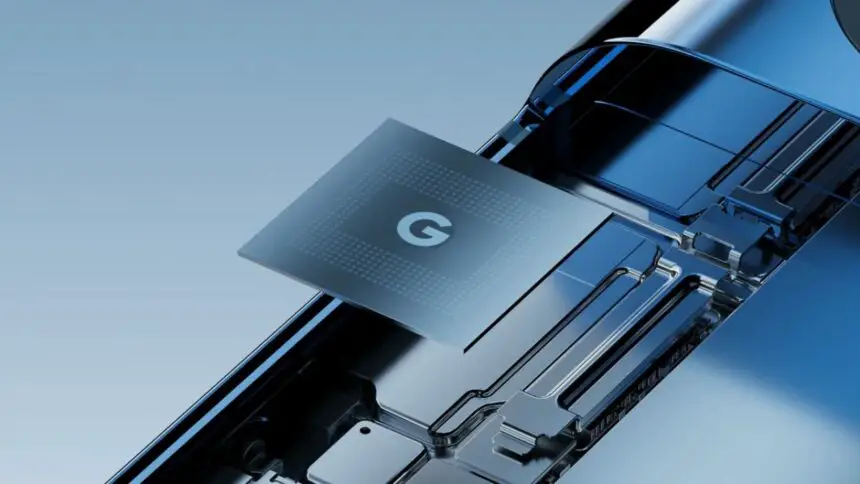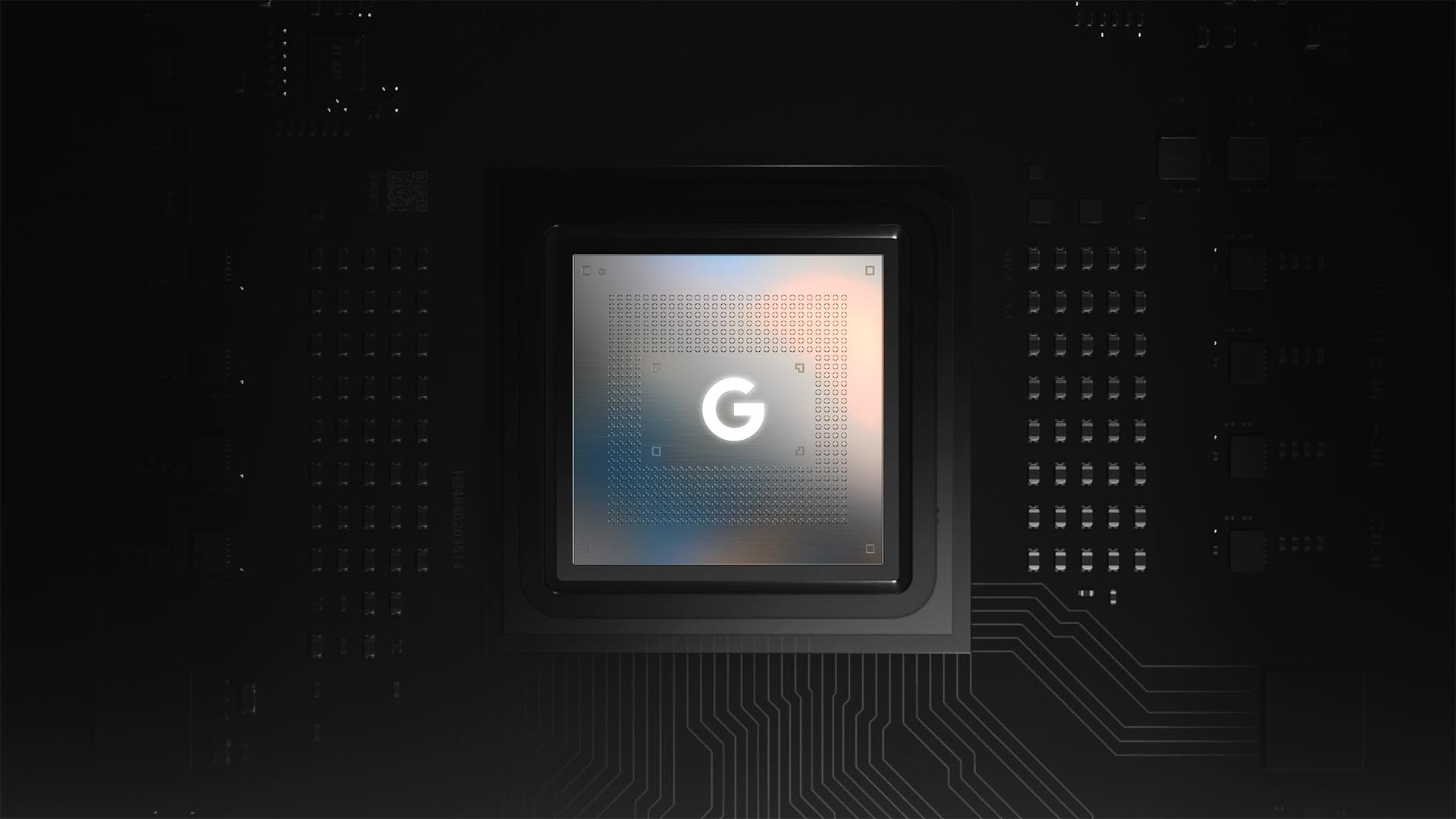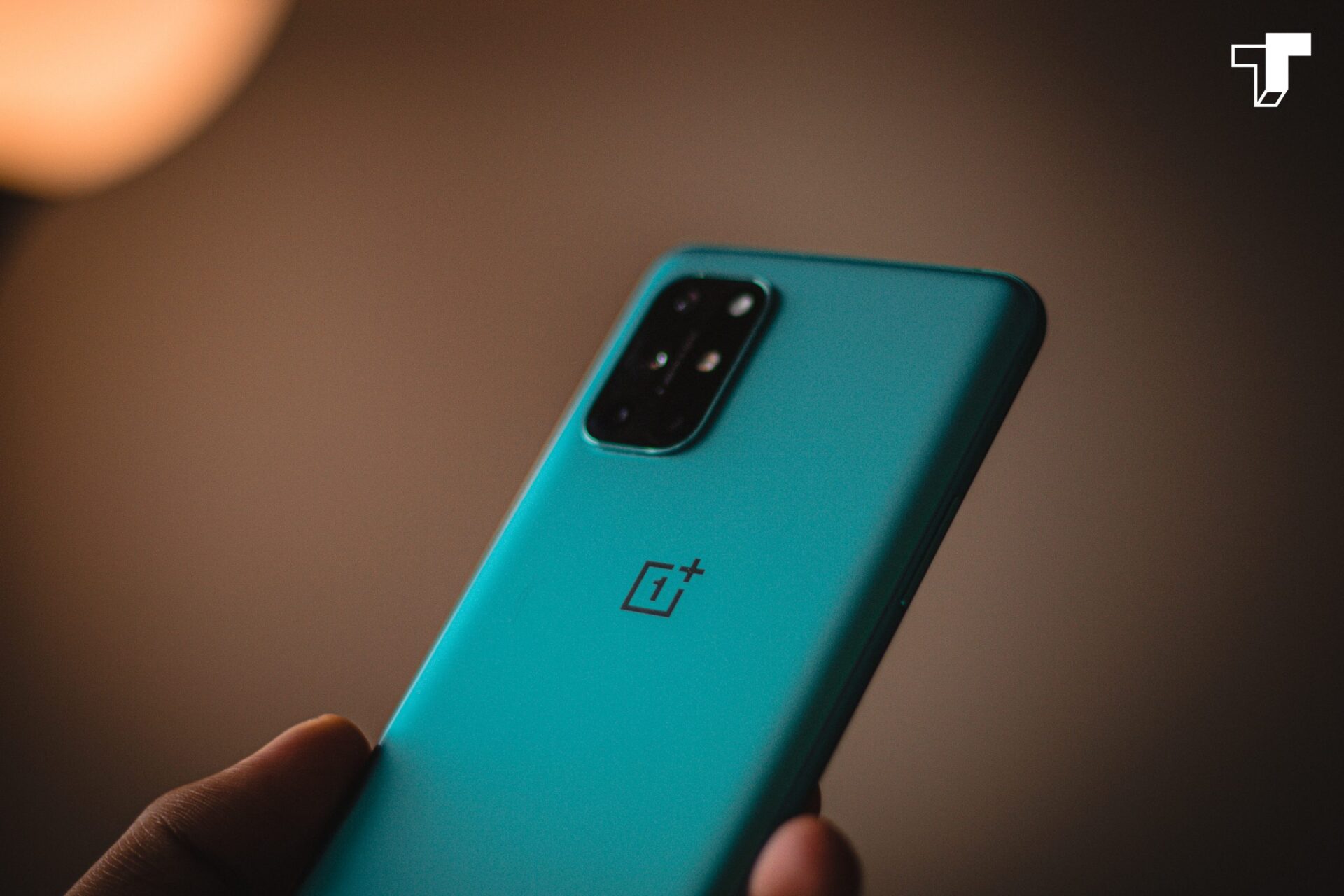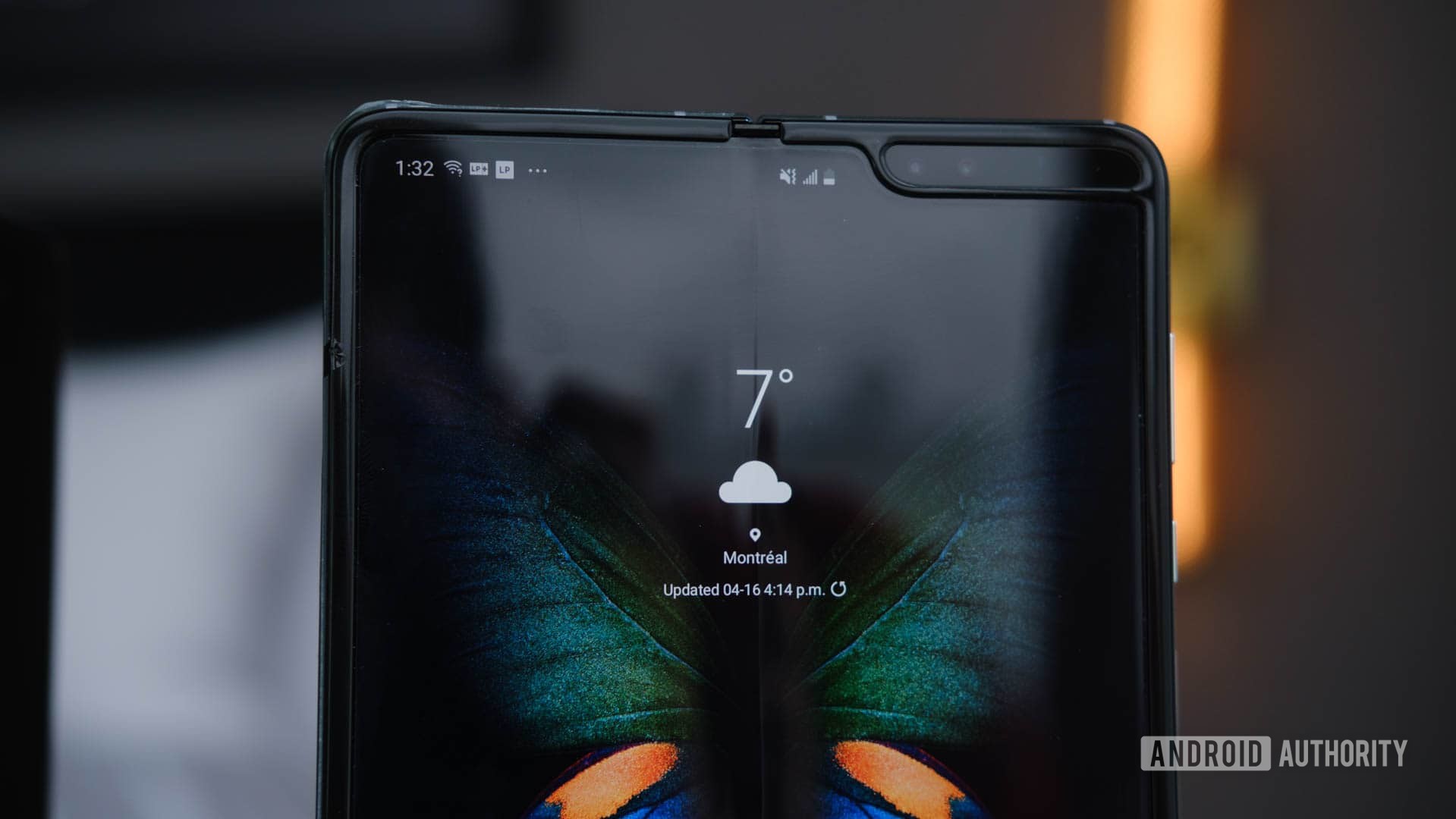Google is prepping for the next generation of its flagship device, the Pixel 10, to make a strong stride in tech specs, the latest chip called Tensor G5. This chip is codenamed “Frankel,” the first ever from Google, and has already set a major course as it now handles mobile processing power, and early leaks of the Tensor G5 capabilities and benchmarks have many talking.
We can easily figure out here that Google has been interested in having better graphics, performance, and efficiency. Let’s dive in on what makes this chip unique, what it changes about itself, and what all of this bodes for Google in its smartphone competitors.
Tensor G5 Geekbench Reveals Next-Gen PowerVR GPU
The remarkable innovation of the Tensor G5 is that Google chose to fit it with a PowerVR GPU. That move was different from what Google made with its first attempt with the Tensor chips using a custom GPU; it opened up new scope and possibilities for greater graphical strength.
This PowerVR GPU was not without a reason in its upgrade, and Google Pixel lines will now carry specific features. The first improvement is improved ray tracing, which could be enough to make graphics even more immersive in gaming and AR applications.
Additionally, the PowerVR GPU is equipped with GPU virtualization, a feature that was absent in the previous Tensor chips but is now supposed to be a part of high-performance configurations. While promising, early benchmark results appear to indicate an increase in performance rather than a revolution.
Even though the benchmarks are mixed, it is pretty clear that Google is putting a lot into features for heavier graphics tasks and optimized processing. While not revolutionary on the face of things, the PowerVR GPU will position the Pixel 10 as an even more capable gaming device and other GPU-intensive applications.
Benchmarks also tend to give us peeks into the potential contained in a chip, as well as leaked Geekbench scores for the Tensor G5 paint a mixed picture. The CPU in Tensor G5 is more powered up than the previous edition due to a new cortex-X4 Prime core besides upgrading the Cortex-A725 cores.
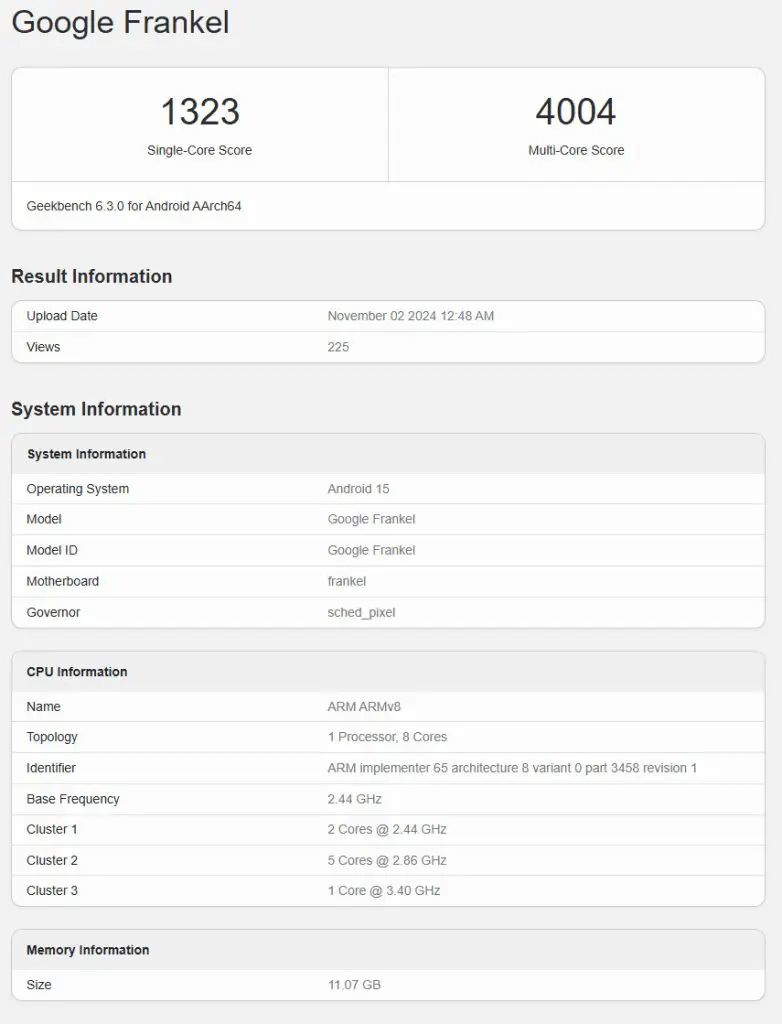
However, so far, early test results indicate only minor improvements upon the Tensor G4 when it comes to CPU performance. This makes some a bit skeptical whether Google upgrade will live up to expectations.
The Tensor G5 is still a work in progress, and it might explain why there are inconsistent benchmark results. Sometimes benchmarks on unfinished chips are underestimated, so it is possible that when finished, the Tensor G5 will deliver a better performance. Until then, mixed results suggest avenues for speculation rather than conclusive findings of where the Tensor G5 stands against its competitors.
Google is using TSMC’s 3nm process technology in the Tensor G5, a first for the company. A 3nm design will let Google create a chip that uses less power while offering higher performance — a win-win in the smartphone world where battery life and speed are critical.
This would represent a very large shift of the production over to TSMC and could potentially make the Pixel 10 a processor at a somewhat more efficient smaller process node than many other flagship phones.
This is not only about the longer life of the phone, but also less heat generation, and a smoother experience in handling demanding tasks. This is why Google’s move to switch to this more advanced manufacturing process shows that it is committed to stepping up its game to make the Pixel 10 an attractive option for users who value both performance and power efficiency.
This move by Google in approaching Pixel 10 is probably key to the company’s bid to compete better with high-end smartphones. A PowerVR GPU, a new design of CPU core, as well as efficiency benefits realized from the TSMC 3nm process, prove to the world that Google means business by making a polished line out of the Pixels.
While early benchmarks paint mixed views on just how much power the Tensor G5 will bring, the improvement in graphics efficiency and GPU capabilities do promise a more capable device, especially for gaming and other graphics-driven applications.
